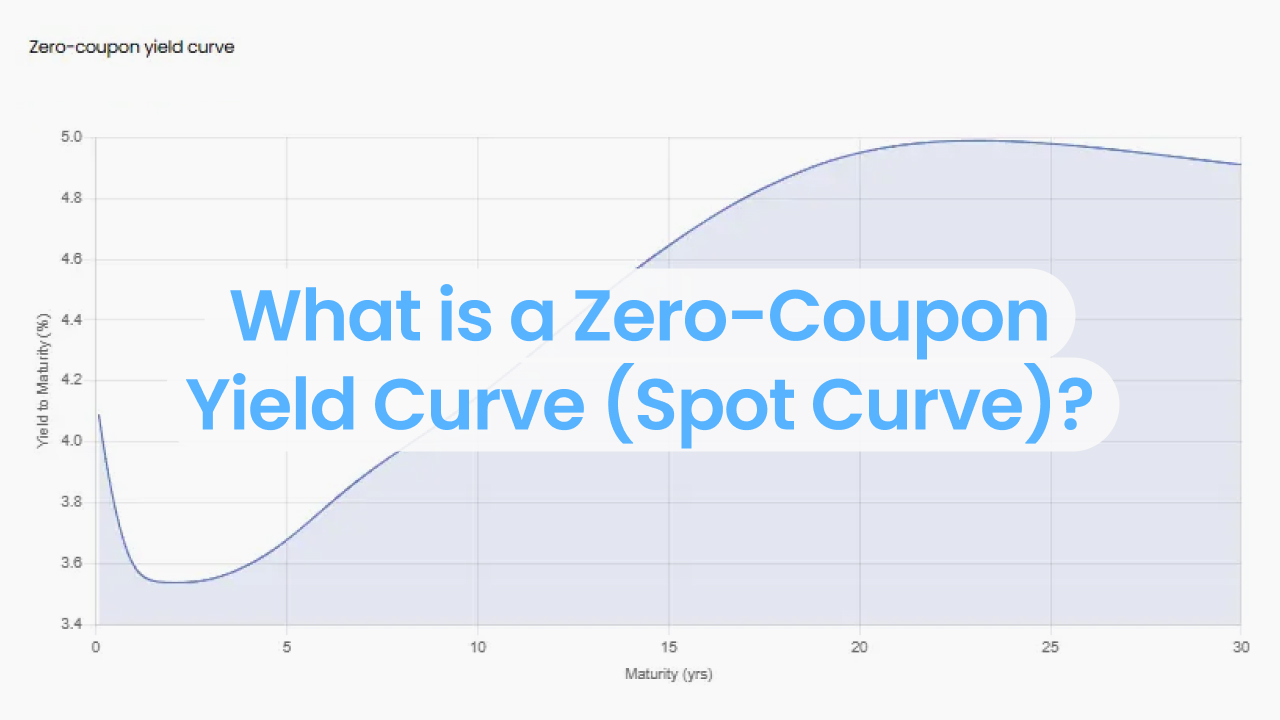Term CORRA is a forward-looking interest rate that reflects market expectations for Canada’s overnight rate over the next 1 or 3 months. It is designed to helplenders and borrowers plan ahead. But how accurate is it?
✅ Quick Summary
- Term CORRA is published by CanDeal Benchmark Administration Services (CBAS).
- It uses CORRA futures prices to estimate average overnight rates over the next 1 or 3 months.
- It's part of Canada's transition away from CDOR.
- It's used in floating-rate loans, and derivatives such as interest rate swaps.
🔧 How Term CORRA Is Built
CanDeal uses a two-tier approach:
▶️ Level 1 (Primary method)
- Based on actual trades and executable quotes of CORRA futures on the Montréal Exchange.
- It constructs a piecewise flat forecast of overnight rates; assuming changes only occur after Bank of Canada meeting dates.
- The 1M Term CORRA rate is then compounded from this implied path.
📉 Level 2 (Fallback)
- If there isn't enough futures market activity, CBAS falls back on an adjusted compounded rate from prior days.
📈 How Accurate Is Term CORRA?
To find out, we compared 1M Term CORRA on each day to what actually happened to CORRA over the next 30 days.
That means comparing:
- 1M Term CORRA on day T
- To the realised compounded CORRA from T+1 to T+30
Chart 1: Term CORRA vs Realized Future CORRA
Figure 1: 1M Term CORRA (in navy) vs actual compounded CORRA (in teal) for the 30-day period ahead. The closer the lines, the better the market's prediction.

Chart 2: Forecast Error (Spread)
Figure 2: Spread between Term CORRA and realized CORRA. A positive spread means the market expected higher rates than actually occurred.

🧾 Interpreting the Spread
The chart above shows the difference between Term CORRA and realized forward CORRA:
Positive spread:
- Term CORRA was higher than what actually happened.
- This means the market overestimated the future path of rates.
➕ This was especially common when the Bank of Canada was cutting rates or when the market priced in future hikes that never came.
Negative spread:
- Term CORRA was lower than realized CORRA.
- This means the market underestimated where rates would go.
➖ Typically happens when the BoC hikes unexpectedly or delivers a stronger-than-expected signal.
📌 In practice:
If you borrowed using Term CORRA and the spread was positive, you overpaid compared to compounded CORRA.
If the spread was negative, Term CORRA worked in your favour.
📊 Where Can I Find Related Data?
Want live access to forward curves and swap rates via web, Excel or API?
👉 Log in or start your free trial
🔚 Summary
Term CORRA is a useful tool for forecasting interest costs, but it's only as accurate as the market's expectations. By comparing it to what actually happened, we can get a better understanding of the pros and cons of using Term CORRA vs Compounded CORRA.
🧠 FAQs
🔹 What is Term CORRA?
A forward-looking interest rate published by CBAS, based on CORRA futures pricing.
🔹 Is it regulated?
Yes, under Canadian securities law (MI 25-102, OSC Rule 25-501).
🔹 How does it compare to compounded CORRA?
Term CORRA is fixed in advance and forecast-based; compounded CORRA is backward-looking and realized.
🔹 Where can I access it?
You can view Term CORRA on CanDeal or financial terminals like Bloomberg or Refinitiv. BlueGamma provides swap rates and forward curves, but not Term CORRA directly.




.png)